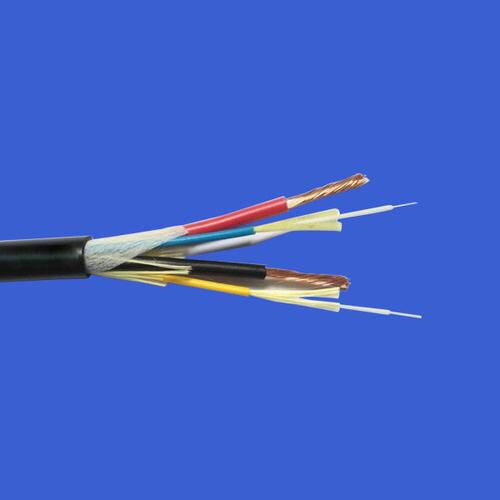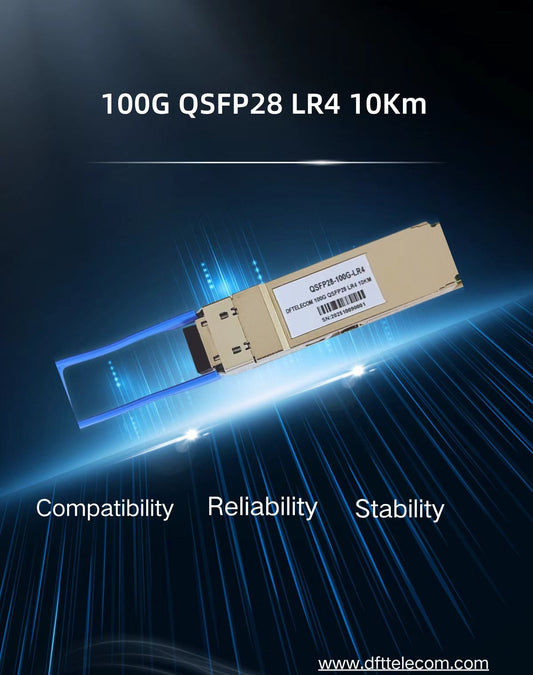A PON (passive optical network) refers to a fiber-optic network utilizing a point-to-multipoint topology and fiber optical splitters to deliver data from a single transmission point to multiple user endpoints. In contrast to AON, multiple customers are connected to a single transceiver by means of a branching tree of fibers and passive splitter/combiner units, operating entirely in the optical domain and without power in a PON architecture. There are two major current PON standards: Gigabit Passive Optical Network (GPON) and Ethernet Passive Optical Network (EPON).
PON Structure and Components
an EPON (GEPON) system, there are an optical line terminal (OLT) at the service provider's central office and a number of optical network units (ONUs) or optical network terminals (ONTs) near end users, as well as the optical splitter (SPL). In addition, the optical distribution network (ODN) is also used during the transmission between OLT and ONU/ONT.
Optical Line Terminal (OLT)
OLT Meaning
OLT is short for optical line terminal, which is a device used to connect optical fiber and transfer signals. OLT is the starting point for the PON, which is connected to an aggregation switch through Ethernet cables. It makes a significant difference in PON.
OLT Equipment Components
In general, OLT equipment contains rack, CSM (Control and Switch Module), ELM (EPON Link Module, PON card), redundancy protection -48V DC power supply modules or one 110/220V AC power supply module, and fans. In these parts, PON card and power supply support hot-swap while another module is built inside. The OLT has two float directions: upstream (getting distributing different types of data and voice traffic from users) and downstream (getting data, voice, and video traffic from the metro network or from a long-haul network and sending it to all ONT modules on the ODN.)
OLT Functions
The OLT device is an important central office device in EPON. It's a multi-service providing platform that supports IP services and traditional TDM services at the same time. It is placed at the edge of the MAN or at the exit of the community access network to converge access services and transmit them to the IP network respectively.
The EPON passive optical network system is flexible. Multiple terminals at service access points within a radius of 20 kilometers are connected to form an EPON system network. The system can support a variety of business models, adapt to a variety of working environments, and provide users with FTTx series solutions.
In addition to providing the function of service aggregation, OLT also acts a centralized network management platform. Device-based network element management and service-based security management and configuration management can be implemented on the OLT. It can not only monitor and manage devices and ports, but also enable service provisioning and user status monitoring, and can also allocate bandwidth according to the QoS/SLA requirements of different users.
-
Send Ethernet data to ONU in broadcast mode;
-
Initiate and control the ranging process, and record the ranging information;
-
Allocate bandwidth for ONU; that is, control the start time of ONU sending data and the size of the sending window.
OLT Application
The OLT device coordinates with different types of ONU to achieve all kinds of access networks such as FTTC, FTTH, FTTO, FTTM, etc. On the one hand, the signals carrying various services are aggregated at the central office, and sent to end users of the access network according to a certain signal format; on the other hand, the signals from end users are sent to various service networks based on different service types.
In the below figure, it is an FTTH(Fiber to the Home) application of OLT -E6640T. The OLT connects to the management switch and ONU- E8840G. There is a splitter between OLT and ONU. The whole PON can provide several families with multiple services like IPTV, VOIP, IP Camera, etc.

Optical Network Unit (ONU) / Optical Network Terminal (ONT)
ONU converts optical signals transmitted via fibers to electrical signals. These electrical signals are then sent to individual subscribers. In general, there is a distance or other access network between ONU and end user's premises. Furthermore, ONU can send, aggregate, and groom different types of data coming from the customer and send it upstream to the OLT. Grooming is the process that optimizes and reorganizes the data stream so it would be delivered more efficiently. OLT supports bandwidth allocation that allows making smooth delivery of data float to the OLT, which usually arrives in bursts from the customer. ONU could be connected by various methods and cable types, like twisted-pair copper wire, coaxial cable, optical fiber, or through Wi-Fi. End-user devices may also be referred to as the optical network terminal (ONT). Actually, ONT is the same as ONU in essence. ONT is an ITU-T term, whereas ONU is an IEEE term. Belong to different standard bodies, they both refer to the user side equipment in the EPON system. But in practice, there is a little difference between ONT and ONU according to their location.

Optical Distribution Network (ODN)
ODN, an integral part of the PON system, provides the optical transmission medium for the physical connection of the ONUs to the OLTs with 20 km or farther reach. Within the ODN, fiber optic cables, fiber optic connectors, passive optical splitters, and auxiliary components collaborate with each other. The ODN specifically has five segments which are feeder fiber, optical distribution point, distribution fiber, optical access point, and drop fiber. The feeder fiber starts from the optical distribution frame (ODF) in the central office telecommunications room and ends at the optical distribution point for long-distance coverage. The distribution fiber from the optical distribution point to the optical access point distributes optical fibers for areas alongside it. The drop fiber connects the optical access point to terminals (ONTs), achieving optical fiber drop into user homes. In addition, the ODN is the very path essential to PON data transmission and its quality directly affects the performance, reliability, and scalability of the PON system.

Conclusion
OLT, ONU or ONT, and ODN are the main components in a GEPON system, which have been widely used in the FTTH applications by far. The reduced cabling infrastructure (no active elements) and flexible media transmission contribute to the passive optical networks more ideal for home Internet, voice, and video applications. Additionally, passive optical networks can also be applied in college campuses and business environments, providing cost-effective solutions. As PON technology has continued to improve, the potential applications have expanded as well.






